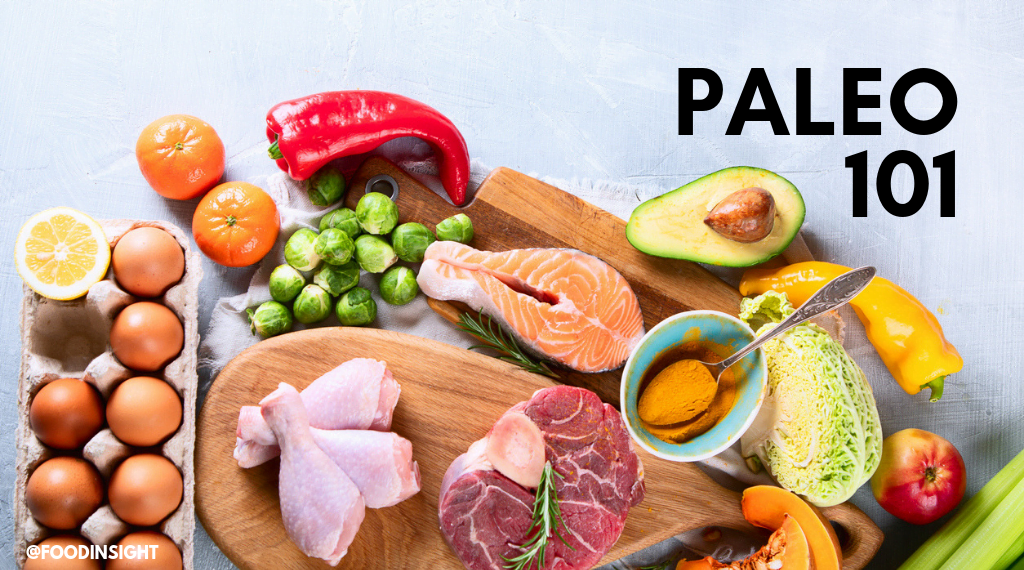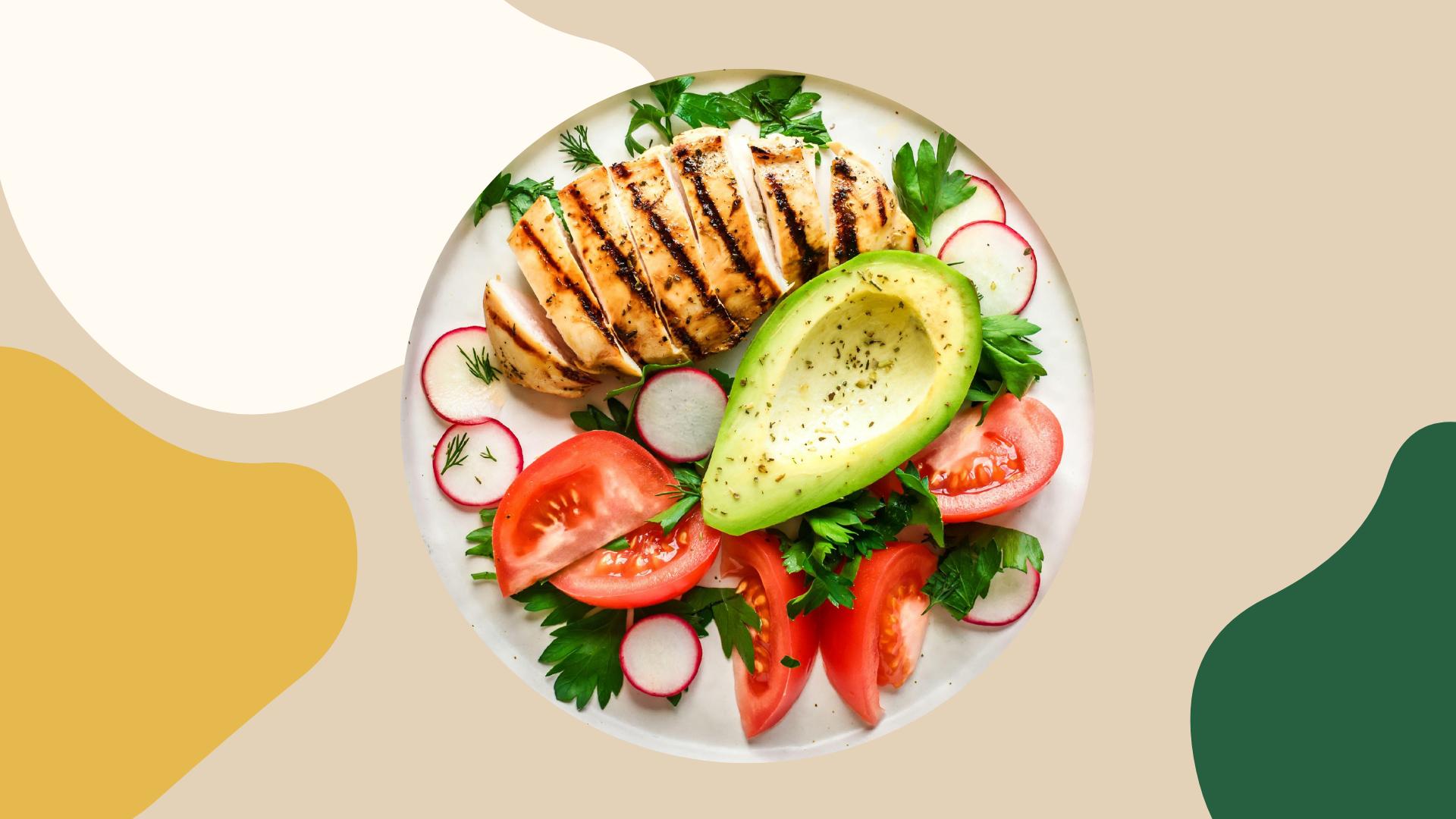
The paleo menu emphasizes eating foods our ancestors used to eat. This diet includes foods such as bananas with almond butter, dried pumpkin seeds, and apricots. It is also filled with chicken, sweet potatoes, and vegetables. EatingWell believes that certain foods are important, even though it may seem restrictive. Here are some suggestions for healthy foods that you can enjoy while eating healthy.
Pola makanan, paleolithic manusia
Christina Warinner, Ph.D., studied pola makan manusia purba and mitos-mitos pola makanan paleolithic manusia in 2010. She revealed that manusia Paleolithic manusia consumed large quantities of daging, and ate all types of meat. This myth was believed by many paleolithic people but is now considered obsolete and irrelevant.
Paleo diet, also known as "diet of the manusiagua", is a way for people to eat in a similar fashion to the food that manusiagua and men used to consume. They not only improve their kesehatan but also help to preserve their heritage. This diet is not right for everyone. This diet is not suitable for everyone and is only recommended for a small number of people.
Two types of kelompokan make up the lukisan of Ramasokat: ceruk, and lukisan-gua. They were grown in the Sulawesi Tenggara area and Liabalano. The lukisan gua includes a variety of proteins, carbohydrate, and amino acids. These nutrients can support healthy living and help us understand how humans evolved.

The diet of modern humans has many benefits, but also a few risks. People who eat foods rich in nutrients, such as those found in the Paleolithic Era, will be more likely to develop diseases. A healthy diet will reduce your risk of developing diseases. And if you are interested in eating healthier, try the Clean Eating diet. These are the obvious benefits to eating clean: A diet low in fat can help your health. You won't get sick by overeating.
Paleolithic diet foods
Add sugars, vegetable fats, and artificial sweetness are all common in processed foods. They can be dangerous for your health. Overeating and excessive consumption of refined sugars can lead to obesity. High levels of salt can also cause heart disease. The American Heart Association recommends that vegetable oils be replaced with canola oil by using safflower oil or corn oil. These oils contain high levels of omega-6 fatty acids.
Many commercial paleo diets prohibit dairy products, but others have stricter restrictions. A paleolithic diet allows for lean pork loin, roasted chicken, onion and carrot stuffing, as well as steamed broccoli. Other paleo diet plans allow little honey or maple syrup. These diets have received varied levels of scientific support.
The high levels of phytotic acid found in legumes is something paleo enthusiasts recommend you avoid. These substances inhibit the absorption of essential minerals from the gut. These substances are allowed in certain situations. It's tempting to eat beans and potatoes but it's not recommended that you do so as often as other processed foods. You should instead include lots of fruits, vegetables and other healthy foods in your daily meals.
Guidelines for eating a paleolithic lifestyle
While the Guidelines for Eating the Paleolithic Diet differ from modern food, they both follow the same principles. The Paleolithic diet is primarily based on animal products but it is rich in plants so there are no restrictions. It is important to remember that your genetic makeup may not allow you to eat this diet. Additionally, the increased meat consumption may be detrimental to your health. If you think that you might benefit from a Paleolithic diet, you should proceed with caution.

Paleolithic diets exclude dairy products as the most common food group. You may be at risk of nutritional deficiencies if you cut out these important food groups. A deficiency or lack of calcium in your diet can lead tooth decay. This could have a negative impact on your teeth and bones. Calcium plays an important role in blood clotting as well as muscle contraction. Moreover, whole grains reduce the risk of heart disease, stroke, and type 2 diabetes. However, calcium deficiency can occur because grains have been largely eliminated.
Many principles are involved in Paleolithic-style eating. It emphasizes eating nutritious foods, such as fruits and vegetables, and restricts carbohydrates and processed food. It is important that you follow the guidelines to ensure that you don't go overboard. Remember that a paleolithic diet is different for every individual. It is important to remember that the Paleolithic diet was based on a lifestyle that existed 10,000 to 12,000 years ago.
FAQ
Do I need to attend culinary school to become a cook?
No. No. Some went to culinary school simply to gain experience. Culinary school is preferred by most chefs because they have more opportunities to grow and learn. Culinary schools provide hands-on training that helps students develop valuable skills and enhance their culinary knowledge.
How do you learn to cook the best?
Cooking is a skill that every person should learn. You'll miss out on delicious meals if your skills are not up to par. First, find a recipe that appeals to you and then follow it closely. Next, practice making small tweaks to the recipe until the dish is your own. You can also try cooking for other people. This will not only help you cook better, but it will also test your skills.
What should a novice cook do first?
Beginners should begin cooking simple dishes like soup, pasta, and rice. If you want to learn how to cook, go for a recipe book or YouTube video. It's much more fun to cook with someone you know. Cooking together is fun with family members or friends.
What is the average time it takes to learn how to cook? How much time do I need?
It all depends on your skill level. Some people can master basic cooking techniques in a matter days. Some people take months to learn how to cook. Others may need to wait for years.
The time it takes to learn how to cook will vary depending on who you are. Someone who has never been to the kitchen before might need more time than someone who does it regularly. Certain types of cooking require more skill than others. Baking requires more knowledge than frying.
You should learn a particular technique to improve your cooking speed. Once you are proficient in that technique, you can move onto the next one. You don't need to worry about how many days or weeks it took to learn how to cook. Keep practicing and enjoying the process.
Do I have to learn how to cook with my children?
Yes! Children love to help in the kitchen. It's a fun activity that teaches them responsibility and teamwork. The whole process can be done by children, including washing and chopping vegetables. They will enjoy helping you to cook if your children are safe with knives.
Do I need special equipment to cook?
It doesn't take any special equipment or tools to learn to cook. However, the right tools can make it easier to cook. For example, you could use a knife instead of a fork to eat pasta or a whisk instead of a hand mixer to whip egg whites into stiff peaks. The right tools make cooking easier and faster.
Where can I get free online cooking lessons
Many websites provide free cooking lessons. YouTube can be searched for videos showing you how to make different meals. You can access thousands of recipes from some websites. While you may have to pay a monthly charge, these websites allow you to try out the recipes for 30 days for no cost.
Statistics
- According to the BLS, chefs earn $58,740 a year. (learnhowtobecome.org)
- The median pay for a chef or head cook is $53,380 per year or $25.66/hour, according to the U.S. Bureau of Labor Statistics (BLS). (learnhowtobecome.org)
- You'll be amazed that over 90% of CIA students receive scholarships and grants to finish their culinary studies. (ischoolconnect.com)
External Links
How To
How to make a perfect omelet
Omelets are my favorite breakfast dish. How do you make them perfect? I've tried many different methods and recipes, but none of them seem to work! So I wanted to share some tips and tricks so that you can make delicious, fluffy omelets every morn.
First, eggs can be very temperamental ingredients for making omelets. They must be fresh, preferably from the organic market, and be kept cold until cooking. If you don't keep them cold enough, the whites won't form properly, and the yolks will break down too much and become runny. This can make your omelets look bizarrely colored. If you intend to cook your eggs immediately, it's best to use room-temperature egg.
You can also separate the egg before you add it to the pan. Because this could cause your omelet to become curdled, you don't want any yolk to be mixed with any white.
The bottom part of an egg that is added directly to the stovetop might be burned, which could cause a ruined texture in your omelet. Instead, heat the egg for 10 seconds in the microwave before placing it in the pan. The microwave heat will cook the egg just right without making it too hot.
Next, let's discuss mixing the eggs. When mixing eggs, it is important to thoroughly beat them. You need to turn the bowl of the mixer upside down. Next, shake the bowl vigorously. The egg will be thoroughly mixed in the bowl as the air is whipped.
Now comes the fun part: adding the milk to your mixture. First, pour half of the milk into the beaten eggs and then fold the eggs gently into the remaining milk. Don't worry if there are still streaks of egg visible; these streaks will disappear once you flip the omelet.
After you have done folding the eggs, heat the pan on medium heat. The oil will start to smoke. Once the oil begins to heat, add 1/4 cup butter and swirl the pan to coat it. Carefully open the pan's lid and add salt to the pan. An additional pinch of salt will prevent the omelet form sticking to your pan.
Once the omelet has formed, cover the pan again and wait for the top side to set completely. Flip the omelet upside down or with a spatula. Cook the other side for about a minute. Serve immediately after removing the omelet from its pan.
This recipe works best using whole milk. Skimmed milk is also possible.